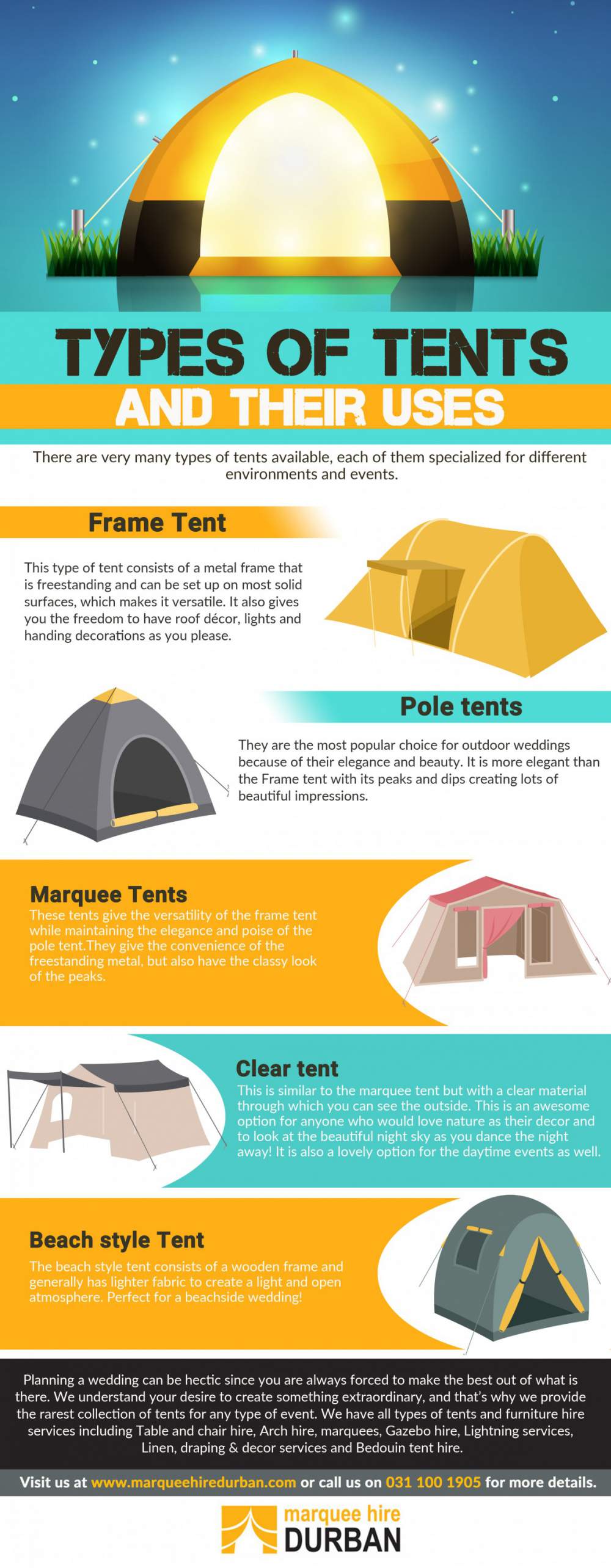A Quick Course In Making Money Selling Camping Tents Online
A Quick Course In Making Money Selling Camping Tents Online
Blog Article
Just How Essential Are Outdoor Tents Footprints/Ground Cover?
Outdoor tents footprints are an excellent means to protect your camping tent flooring from abrasions and expand its functional life. Almost all gear makers supply their own brand-specific impacts that are made to match their specific tent designs.
How much does a 5m Bell Tent weight?
This tailored approach supplies simplicity of setup and minimizes the threat of rain seeping in with the seams.
What are they?
Outdoor tents footprints (additionally called camping tent ground sheets or under tent pads) give a layer of security between the base of your tent and the exterior setting. They protect your outdoor tents from sharp things, dampness, and unpleasant surface areas.
Most outdoor tents suppliers supply their own well-known impacts created to fit effortlessly with their assigned shelter versions. Nonetheless, these are usually expensive and relatively heavy contrasted to do it yourself choices like Polycryo or Tyvek.
Footprints are usually made from resilient, waterproof materials such as polyurethane, nylon or silnylon. For ultralight backpackers looking for to lessen pack weight, there are additionally light-weight, high-strength choices made from Cuben Fiber (Dyneema). It is necessary to select a footprint that's somewhat smaller sized than your outdoor tents to avoid rainwater from leaking down the sides of your sanctuary and channeling underneath you while you sleep-- no person wants to awaken in a pool! A footprint is a beneficial enhancement to any kind of outdoor camping trip. It assists make sure a lengthy life expectancy for your tent while adding comfort and peace of mind.
Just how vital are they?
Camping tent footprints protect the base of your tent from abrasion and dampness, assisting to extend its lifespan. They're usually constructed from water-proof and dirt-resistant materials like polyethylene or a lightweight oxford polyester, though the denier of the textile will vary (the greater the denier number, the thicker and burlier).
A lot of footprints are made to specifically match the shape of your camping tent's flooring, which aids reduce material waste. Many have grommets or loopholes whereby you can weave guylines for tension and stakes, ensuring that the footprint is securely held back.
If you camp in harsh surface or locations where there's a lot of downed branches and sharp rocks, a tent impact is well worth the included weight and mass. Yet if you regularly camp in dry, sandy or rough problems, an impact might be excessive. A tarpaulin is a much better alternative in that instance.
Do you normally load one?
If you're camping on an extremely level surface where rocks and sticks aren't a problem, a tent footprint possibly isn't necessary. If you are in the backcountry with a lot of harsh terrain, a footprint can make life a lot easier.
Impacts are typically sized a little smaller than the base of the camping tent. That's due to the fact that a bigger footprint would capture rain and channel it under the outdoor tents, where you could wake up in a pool.
Nonetheless, footprints can be expensive and heavy if you acquire one from the manufacturer of your camping tent (the Big Agnes Tiger Wall surface UL 2 impact, as an example, costs $70 and weighs six ounces). You can conserve cash and weight by making your own DIY impact by cutting an item of Tyvek or various other waterproof fabric to the precise dimensions of your shelter. You can even add grommets for simple accessory. The major advantage of an impact is that it helps to protect the floor of your backpacking tent from unpleasant aspects such as rocks and twigs.
Just how do you keep them glamoing tent clean?
A supplier's impact can add substantial weight to your shelter system and if you're an ultralight backpacker trying to conserve every ounce, it may not be worth it. Therefore, many backpackers will certainly use a DIY groundsheet that's constructed out of something like Tyvek or Polycryo and cut it to dimension for their camping tent footprint.
This alternative is fairly cheap and will secure your tent from dampness, rocks, thorns, sticks, etc, while also assisting to maintain the bottom of your tent dry.
If you do choose to acquire an impact, be sure it's made particularly for your specific camping tent as this will help in reducing water pooling around the edges of your sanctuary. As an example, if your tent footprint is also huge and prolongs past the side of your rainfly, it will collect rains which can leak into lighter-weight camping tents and possibly wear down the flooring. See to it it fits your tent fairly snugly to avoid this.
How many people can sleep in a 10x10 tent?
